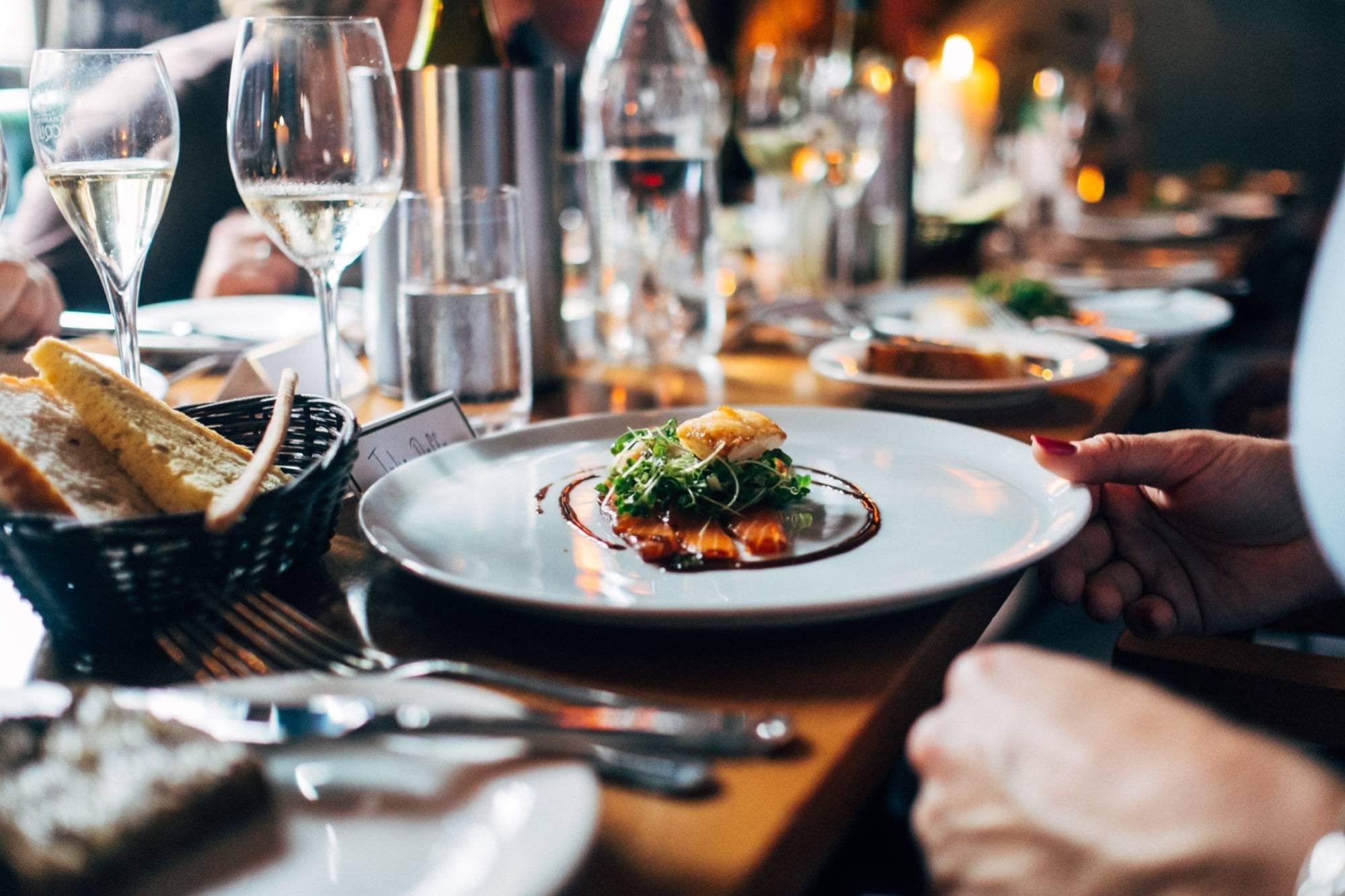

Jay Wennington vía Unsplash
The main barrier in the success of the digitization of restaurants is that it has been half because they have not placed it as one of their priorities: they have focused on the wrong problems or partial solutions, generating loss of data, profitability and the possibility to attract new digital diners.
Although each market has its own challenges to solve, the restaurant sector shares common pains in Chile, Colombia, Peru, Mexico and more recently, Costa Rica and Ecuador, which are the countries where Justo operates, and where – first-hand – we have given the importance of prioritizing the digital agenda in order to offer a complete response to the needs of new customers: from ease of navigation, point of sale, ease of purchase to final delivery.
What does the restaurant industry need to take advantage of digitization to its advantage?
-
Prioritize: If restaurants consider that digitization is an issue that can move to second or third place, they may forget to create competitive advantages. According to a sector study in the United States, about 43% of diners prefer to order through the establishments’ own page instead of a marketplace; a trend that will consolidate in the short term.
-
Forget about the reactive approach: Digitization without strategy and without technological allies that accompany the process in an integral way is the main enemy of profitability. The main thing is to understand digitization as a tool to achieve greater speed of service as well as ease of sale and logistics. Lacking clear digital business objectives and opting for a marketplace that keeps the data translates into the payment of a percentage to a third party and not an investment for the development of proprietary technology for the business.
-
Regain the relationship with the diner: Restaurants need to regain the connection with their customers: the affection of the diners for their place of preference, empathy and attention to service are elements that can be transferred to the digital experience. It is worth considering that, according to industry figures in the United States, 74% of diners decide their order if they can customize it and 76% on the ease of ordering.
Digitization has been one of the main tools for the restaurant sector to continue operating at a time when almost all countries imposed time or capacity restrictions. Now it must be its own tool to serve a new segment and take advantage of it to revolutionize the industry in a positive way.

https://www.entrepreneur.com/article/384768

